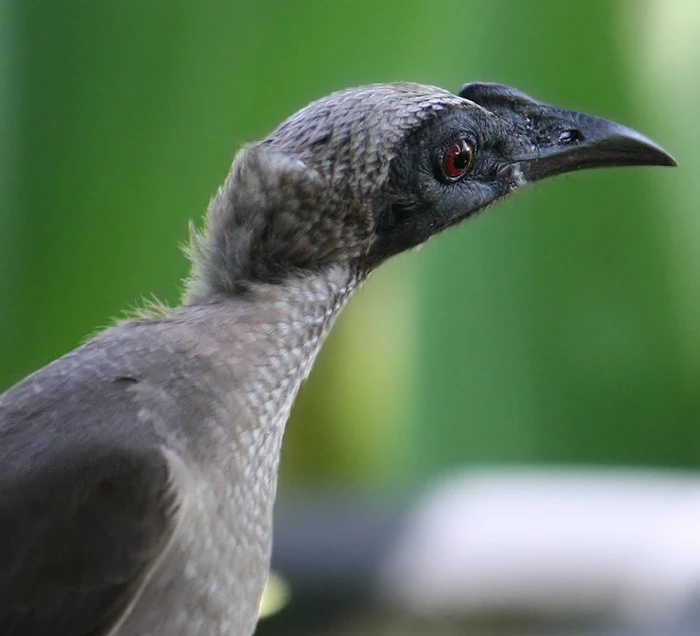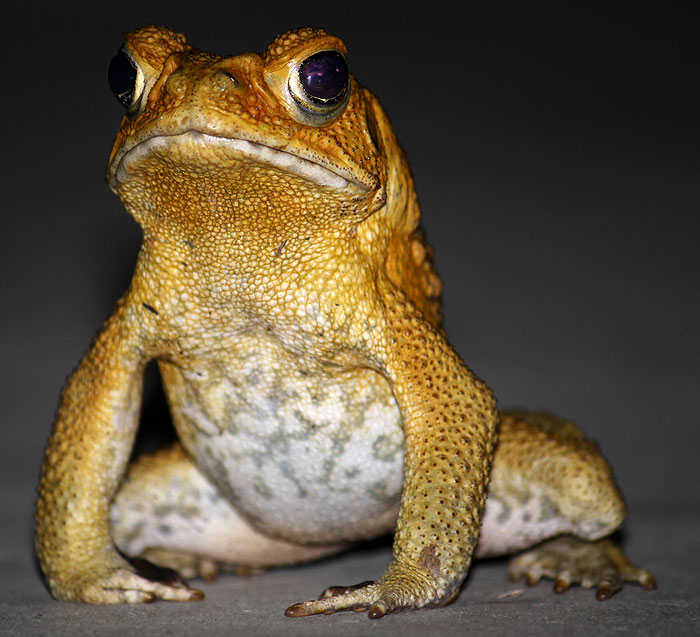Fruit Piercing Moth
One of the great things about having this blog is that you just never know who'll turn up that in turn I'll be lucky enough to get to write about. Last night we had a few interesting arrivals in the garden ... and ya don't have to be Sherlock Holmes to figure out why ...
In the last post I was saying about how the Friar birds (above), were knocking off the bananas we'd picked from the yard and had left on the table, well it seems word has spread.
This extremely handsome Fruit Piercing Moth fluttered in and quickly zeroed in on the fruit - it was quite something to watch. The moth used it's proboscis to stab at the fruit - literally. Making jabbing motions until the pulps consistency was to the moths liking before sucking it out. The ultimate banana thick-shake eh?
The pillaging of our fruit didn't end there though, we had another marauder - this time a marsupial. The irrepressible and highly comical Northern Brown Bandicoot ...
There are those who consider both the moth and incredibly the bandicoot as pests. I don't share that view (course, I don't own a golf course or a fruit plantation either I suppose ...). But for me, every native animal has it's place - even if it costs the odd banana.
Speaking of native animals, Australia's one and only species of Drongo seems to have become a regular feature in the garden ... and happily he's slowly getting used to me wanting to take his picture.
He's even sneaking the odd drink from my home made bird table - watched over by Gregor - our carved coconut gargoyle
And to end, here's another mystery moth who ventured inside last night and posed with such good grace that snapping a pic seemed mandatory ...
 |
Quick every one - free bananas! |
In the last post I was saying about how the Friar birds (above), were knocking off the bananas we'd picked from the yard and had left on the table, well it seems word has spread.
This extremely handsome Fruit Piercing Moth fluttered in and quickly zeroed in on the fruit - it was quite something to watch. The moth used it's proboscis to stab at the fruit - literally. Making jabbing motions until the pulps consistency was to the moths liking before sucking it out. The ultimate banana thick-shake eh?
 |
(Eudocima salaminia) |
There are three widely occurring species of fruit piercing moth: Eudocima salaminia, E. fullonia, E. jordani and E. materna. The adult moths are large and stout-bodied, with a wingspan of 100 mm. The forewings can be mainly brown, cream or green. Hind wings are yellow orange, with black patches and spots.
Larva feed on native vines for about three weeks, progressing through five or six stages, or instars, before forming a dark-brown pupa in a delicate silk cocoon between webbed leaves. After 2½ weeks adults emerge from the pupa. Breeding occurs through most of the year in northern Queensland, although it is much reduced during the dry season.
In drier areas such as central Queensland, outbreaks are more common in wet years that are favourable to continuous growth of the larval-host vines.
 |
That proboscis could be a nasty shock for the unwary |
 |
A stunning insect |
The pillaging of our fruit didn't end there though, we had another marauder - this time a marsupial. The irrepressible and highly comical Northern Brown Bandicoot ...
 |
(Isoodon macrourus) |
There are those who consider both the moth and incredibly the bandicoot as pests. I don't share that view (course, I don't own a golf course or a fruit plantation either I suppose ...). But for me, every native animal has it's place - even if it costs the odd banana.
Speaking of native animals, Australia's one and only species of Drongo seems to have become a regular feature in the garden ... and happily he's slowly getting used to me wanting to take his picture.
 |
(Dicrurus bracteatus) |
He's even sneaking the odd drink from my home made bird table - watched over by Gregor - our carved coconut gargoyle
 |
A sip then it's back to the hunt |
And to end, here's another mystery moth who ventured inside last night and posed with such good grace that snapping a pic seemed mandatory ...
 |
Unknown |
A quick word about moth identification: According to the good people at the CSIRO
There are about 22,000 species of Australian moths, of which only about half have been described so far. Apart from original descriptions (often very old and insufficient), and scientific studies on selected groups, relatively little has been published on Australian moths.
So I hope you'll forgive me not knowing what every critter I post is.
Till next time, and as always - take care, Paul
There are about 22,000 species of Australian moths, of which only about half have been described so far. Apart from original descriptions (often very old and insufficient), and scientific studies on selected groups, relatively little has been published on Australian moths.
So I hope you'll forgive me not knowing what every critter I post is.
Till next time, and as always - take care, Paul






Comments
Post a Comment